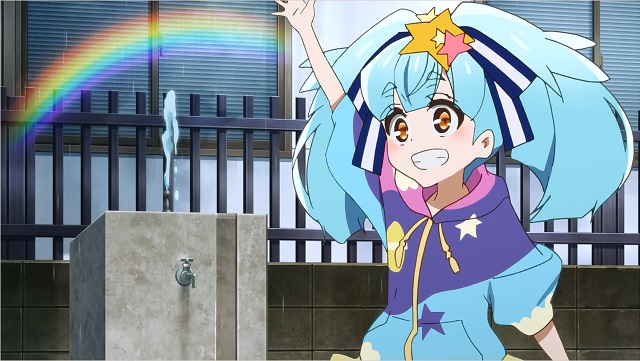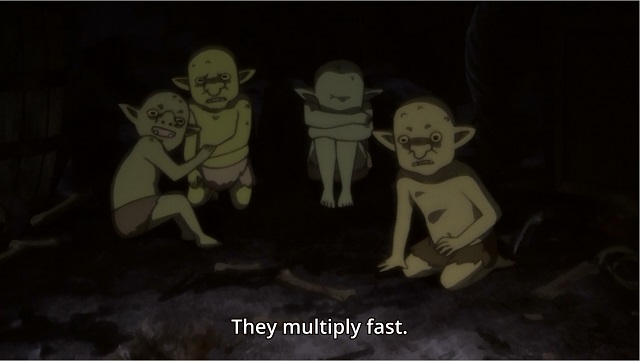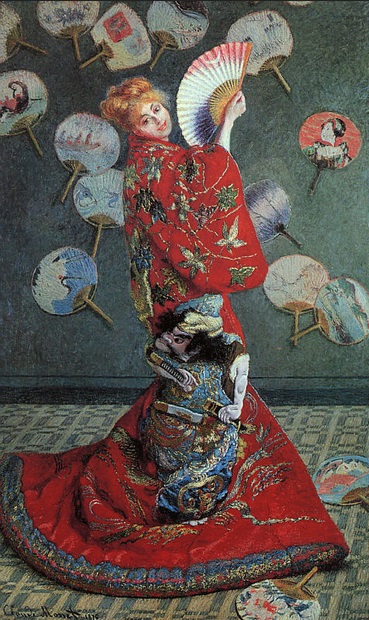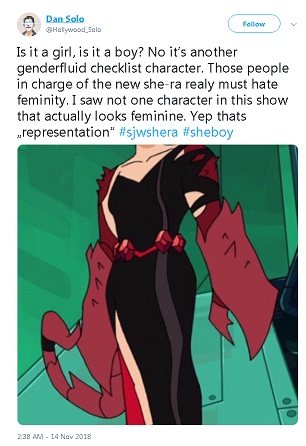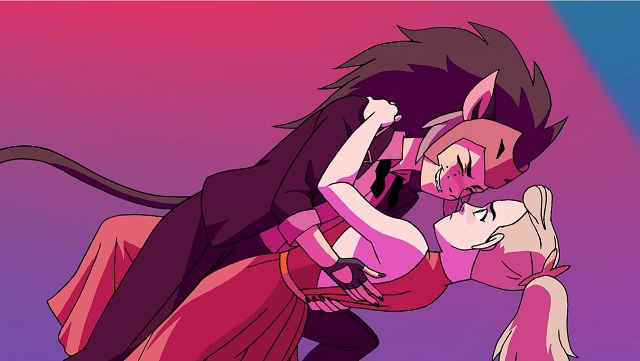To be honest, it’s not hard to understand why Himote House hasn’t gotten a lot of buzz. A half length series about five girls with super powers living in a shared house in Tokyo, talking about everyday stuff, with thrash tier CGI animation does not for an appealing series make, right?
And yet it does have its charms, if you can look beyond the CGI animation. This is definitely a series to listen to rather than watch and it helps that the voice actresses have such good chemistry with each other. Something that’s especially apparant in the improvised parts of the show, which take place after the main episode, with several episodes being almost full improv. These bits feel like a real group of friends bullshitting, as they act out random scenarios chosen by the house cat (who talks, because this is anime). They’re actually funny too, which is not something you can say from many other improv anime.
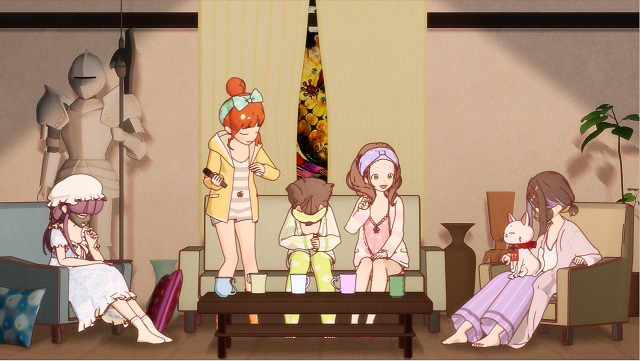
It’s also surprisingly fresh to see anime girls sitting around with face packs and scruffy house wear and not have them be caricatures like the usual hard working hard drinking career woman slobs. It all feels more like how real women would live together than the stale stereotypes of other anime. It’s also reminds me a bit of this winter’s Takunomi, which was about four young women living together getting drunk. And speaking of real, episode seven got extra real when they played the Yuri Game of Life and the difference in treatment of gay people in Japan and Europe came up:

You hold a happy marriage in a country where same-sex marriage is permitted by law vs You deliver a marriage form to the city, but you’re shut down by the both sexes clause of the Japanese constitution. That’s pretty real. Usually it’s all a bit more surreal though. So in one episode they play an indoor baseball game because baseball loving girls are supposed to be more popular but every play ends as an out because of obscure rules. In another they wake up in the living room together and have to find out what happened (with a lot of improv), in a third they use neo feng shui to rearrange the house furniture, and so on. The absolute highlight of this so far is episode nine but you need to see it unspoiled to have the full effect. The latest episode, eleven, has them go to a bath house for the obligatory fanservice episode, then spent their time discussing bitcoin & blockchain.
One last fun thing about the series is that the credits have the girls cosplaying characters from classic anime series; there are some real surprises in there and they’re not always easy to recognise either. What other series has Nanoha homages? All in all Himote House isn’t an essential series, but it’s far better than you’d assume and that little bit of social criticism thrown in is the cherry on the top.
This is the sixth post in this year’s twelve days of anime challenge. Tomorrow: Frankenstein Family, an actual Chinese cartoon about, well, a monster family and what it means to be ‘normal’.
